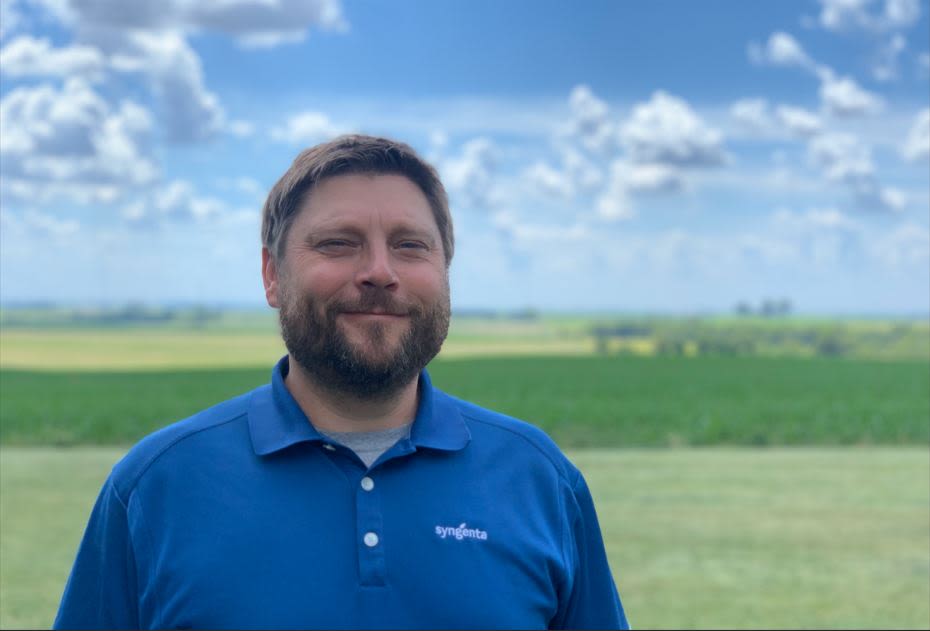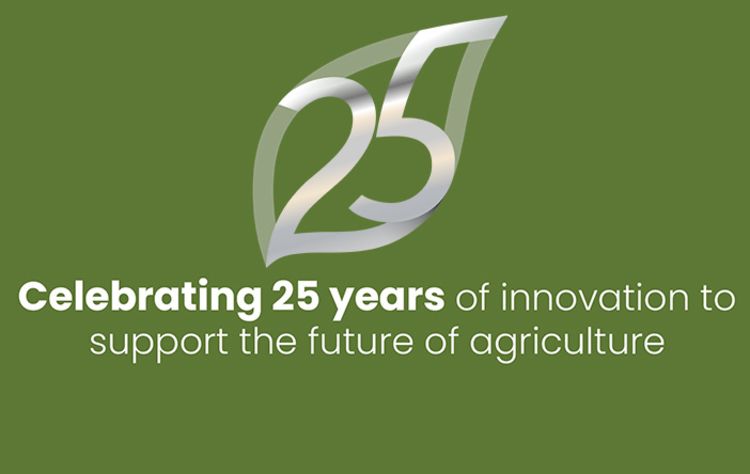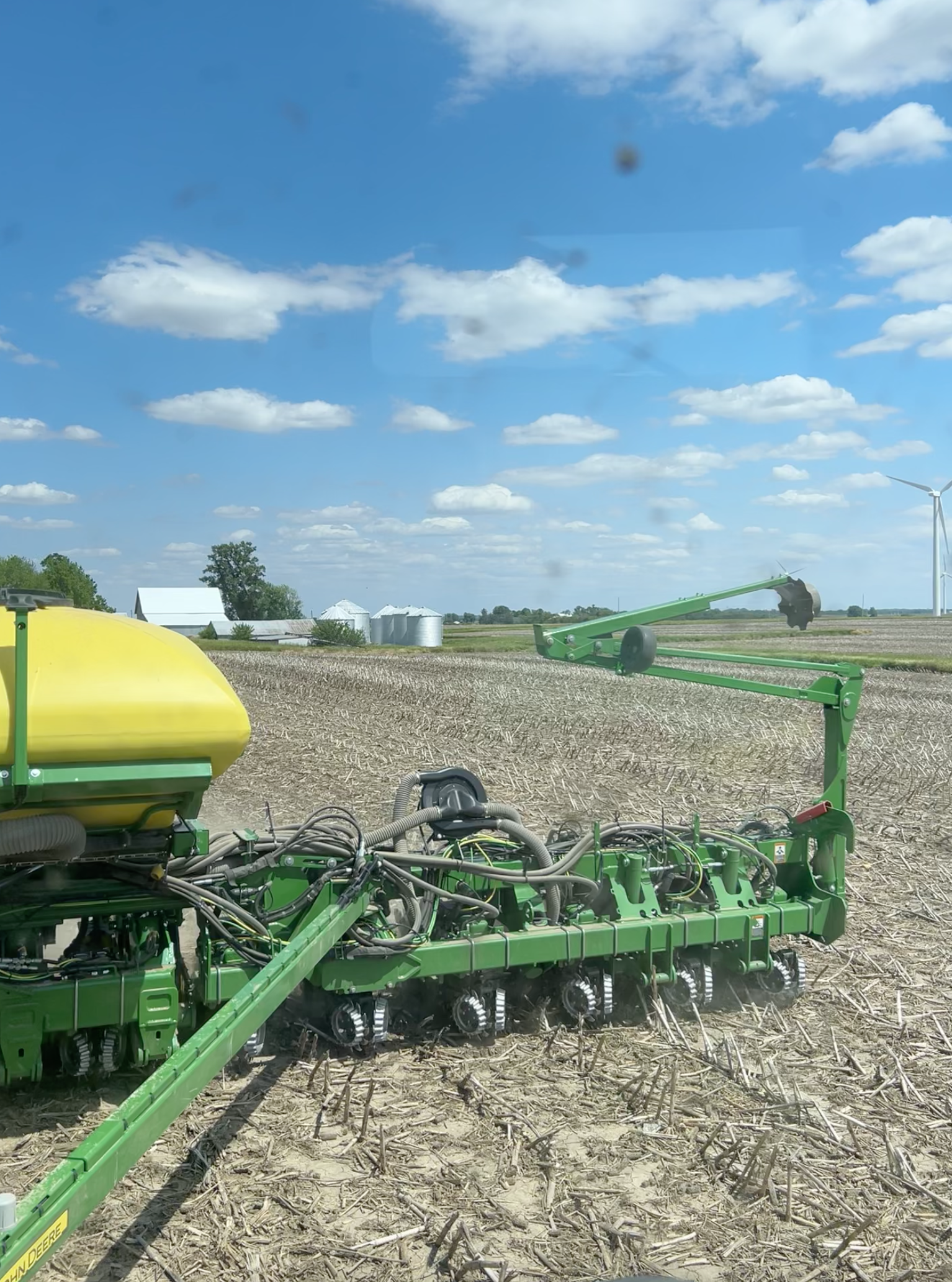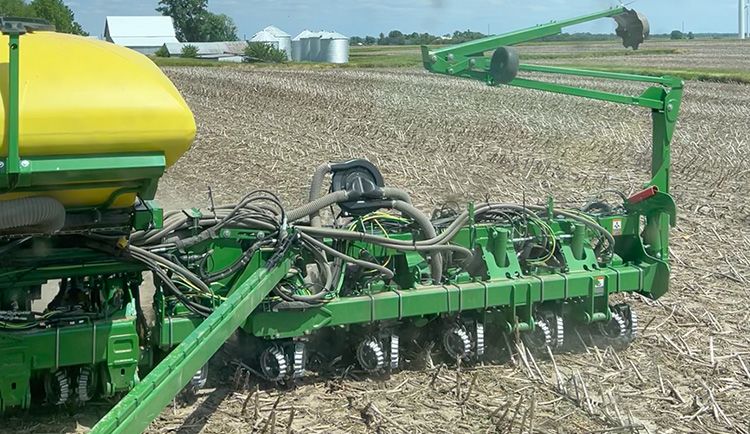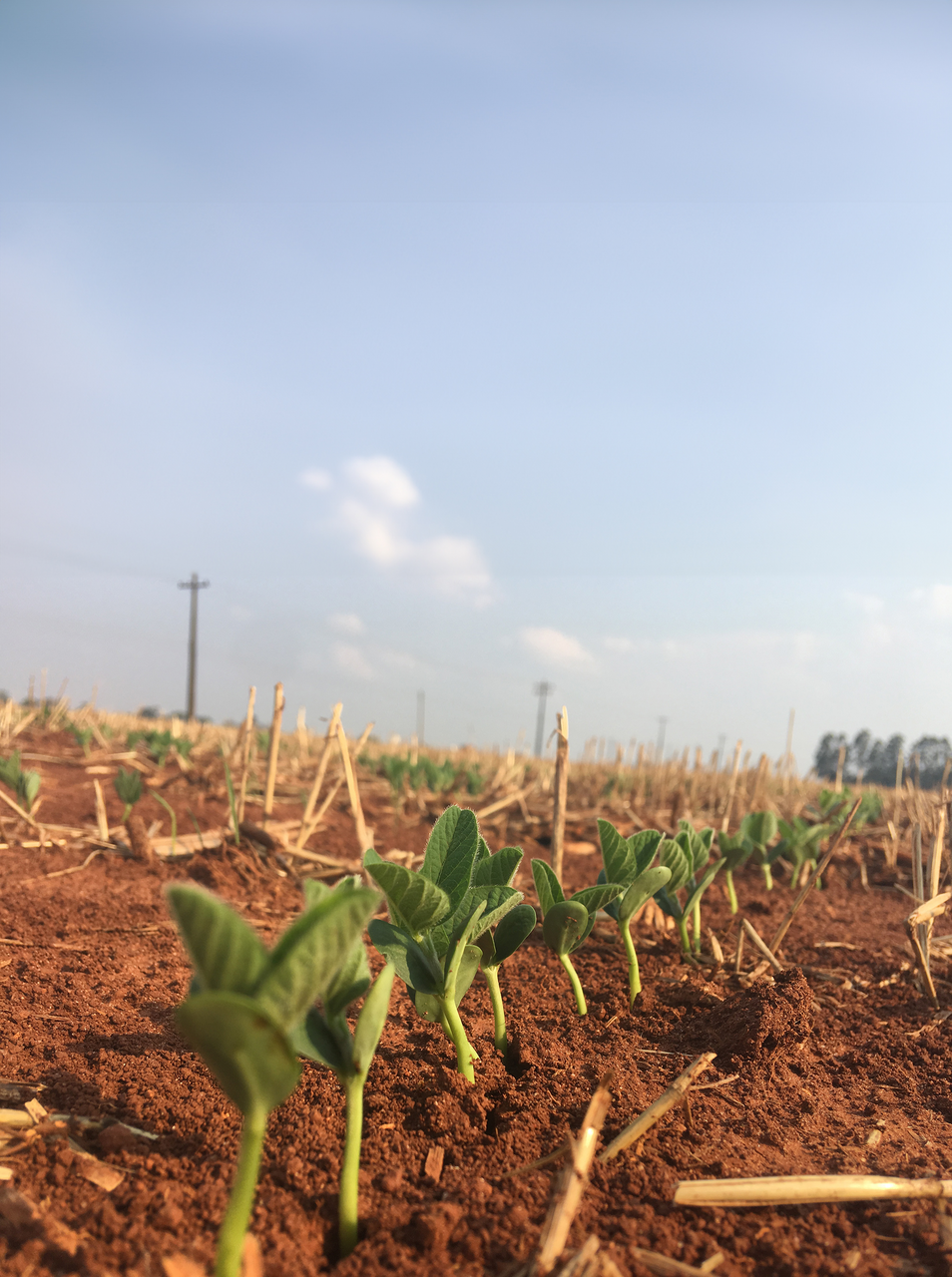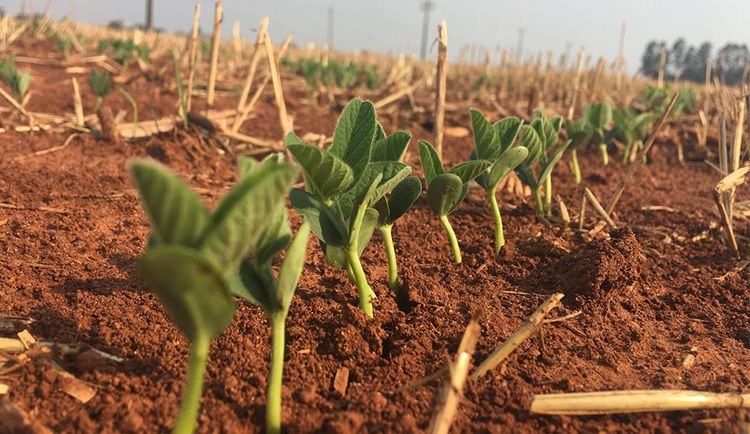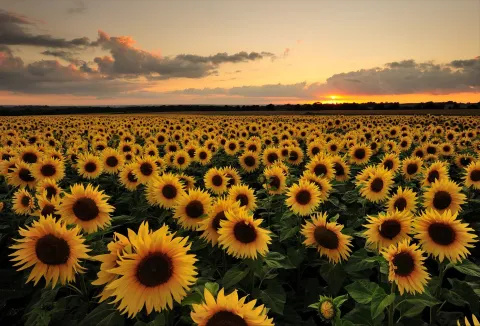A steward of the soil
How regenerative agriculture approaches are reviving the land
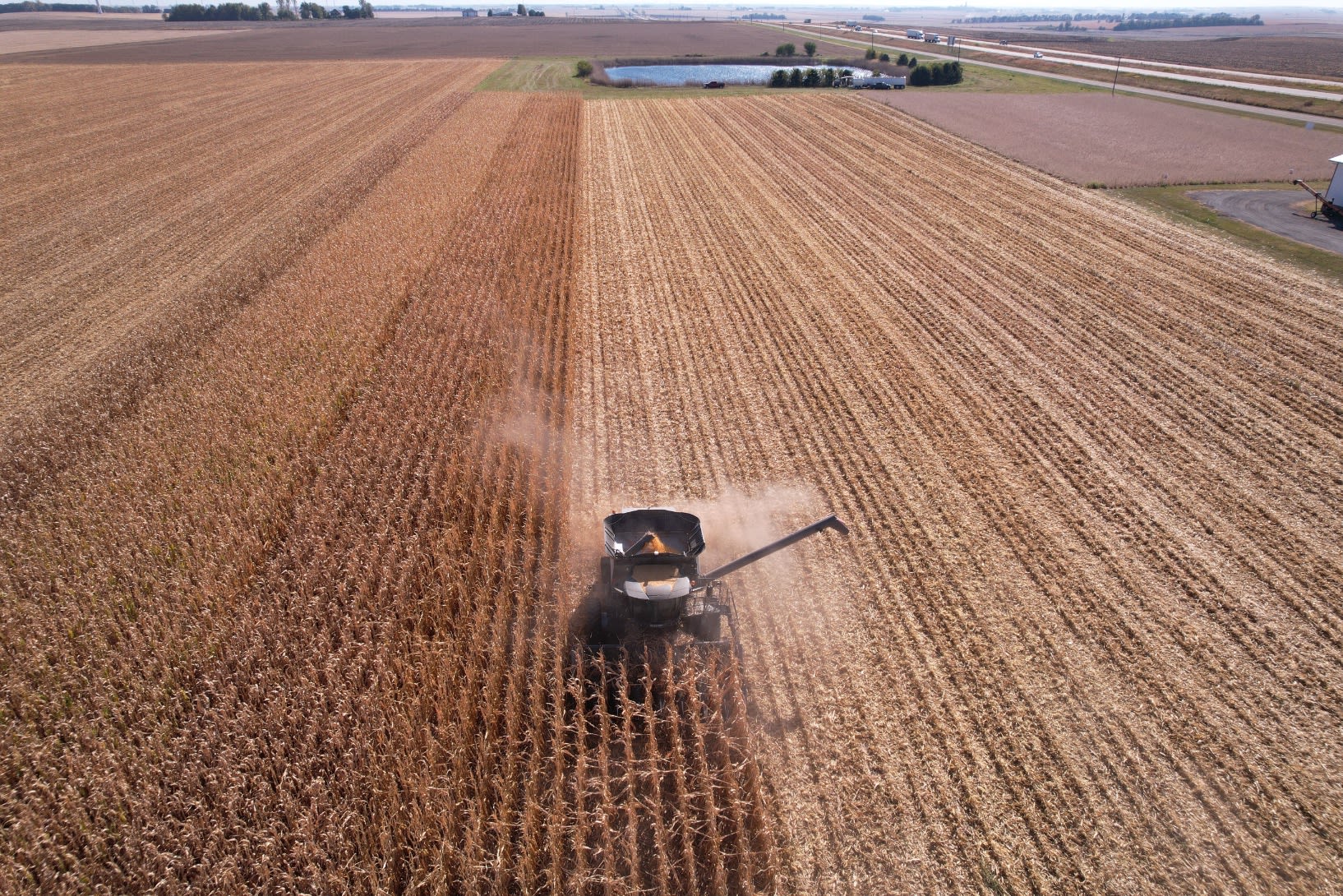
When fourth-generation farmer Tyson Walters took over his family’s farm in central Illinois, US, fellow growers gave him some advice: every time you go out in the fields, take a spade.
“Look at the soil,” they suggested. “What is it telling you?”
It’s a litmus test, of sorts, to gauge the overall quality of agricultural soil. Fertile soil is teeming with earthworms - so each spadeful should contain a few of these essential critters.
Tyson Walters, farmer and Seeds Procurement and Tolling Manager, Syngenta.
Tyson Walters, farmer and Seeds Procurement and Tolling Manager, Syngenta.
But when Walters took on the challenge of co-running the 850-acre farm with his brother Garyn five years ago, that wasn’t the case. “I would have to dig four or five times just to find one earthworm,” he says.
For growers, heathy crops begin with healthy soil. It’s a simple idea that represents an enormous undertaking: it is estimated that up to 40 percent of the earth’s soil is moderately or severely degraded.
But like all damaged things, soil can be nurtured and restored back to health. Walters took the advice from his peers to heart and began work on his soil’s health, implementing a series of regenerative practices.
Over time, earthworms on his corn and soybean farm have multiplied. “Now in one spadeful, you'll see at least one, maybe two earthworms. They’re there.”
This year, Syngenta is celebrating its 25th anniversary. Check out more of our stories about innovation.
This year, Syngenta is celebrating its 25th anniversary. Check out more of our stories about innovation.
When fourth-generation farmer Tyson Walters took over his family’s farm in central Illinois, US, fellow growers gave him some advice: every time you go out in the fields, take a spade.
“Look at the soil,” they suggested. “What is it telling you?”
It’s a litmus test, of sorts, to gauge the overall quality of agricultural soil. Fertile soil is teeming with earthworms - so each spadeful should contain a few of these essential critters.
Tyson Walters, farmer and Seeds Procurement and Tolling Manager, Syngenta.
Tyson Walters, farmer and Seeds Procurement and Tolling Manager, Syngenta.
But when Walters took on the challenge of co-running the 850-acre farm with his brother Garyn five years ago, that wasn’t the case. “I would have to dig four or five times just to find one earthworm,” he says.
For growers, heathy crops begin with healthy soil. It’s a simple idea that represents an enormous undertaking: it is estimated that up to 40 percent of the earth’s soil is moderately or severely degraded.
But like all damaged things, soil can be nurtured and restored back to health. Walters took the advice from his peers to heart and began work on his soil’s health, implementing a series of regenerative practices.
Over time, earthworms on his corn and soybean farm have multiplied. “Now in one spadeful, you'll see at least one, maybe two earthworms. They’re there.”
This year, Syngenta is celebrating its 25th anniversary.
This year, Syngenta is celebrating its 25th anniversary.
A systematic approach
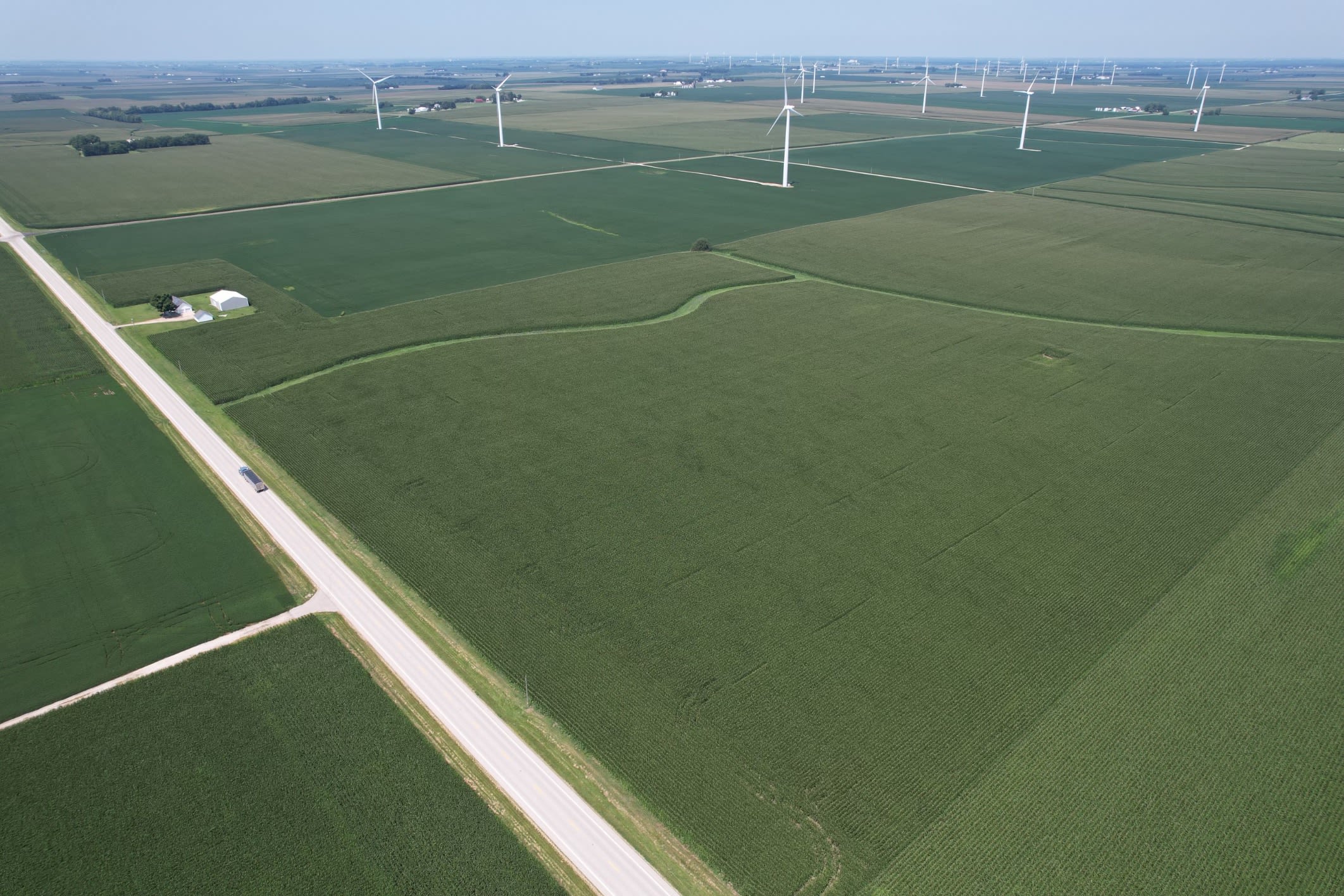
Utilizing regenerative agriculture techniques such as cover cropping are helping to restore the soils.
Utilizing regenerative agriculture techniques such as cover cropping are helping to restore the soils.
The condition of agricultural soils is top of many growers’ minds, who need to grow high yields of healthy crops, harvest after harvest.
The remedy for degraded soil can vary as much as the elements that make up this precious resource: a dash of crop rotation, a hint of efficient nitrogen management, and a helping of patience.
For Walters, it was a series of regenerative agriculture practices, including no-till (minimizing soil disturbance when planting), incorporating cover crops that repaired the soil’s health over time, and then allowing livestock to eat those crops.
In Walters’ case, he introduced 30 beef cows: a cross of Black Angus, Polled Hereford, and Simmental. As a cow-calf operation, the farm runs the cows on pasture and the calves are weaned and then sold to other farmers, who feed them out to market weight.
“Cover crops are amazing for us,” he says of the technique which involves planting crops, such as rye, for the purpose of protecting and enriching soil between crop rotations, rather than harvesting.
He also put newer technologies, including biologicals - crop protection products derived from living organisms or natural substances - to work on the farm which resulted in increased yields and biodiversity.
“It's a systems approach,” Walters adds. “It's all these things, combined.”
Utilizing regenerative agriculture techniques such as cover cropping are helping to restore the soils.
Utilizing regenerative agriculture techniques such as cover cropping are helping to restore the soils.
The condition of agricultural soils is top of many growers’ minds, who need to grow high yields of healthy crops, harvest after harvest.
The remedy for degraded soil can vary as much as the elements that make up this precious resource: a dash of crop rotation, a hint of efficient nitrogen management, and a helping of patience.
For Walters, it was a series of regenerative agriculture practices, including no-till (minimizing soil disturbance when planting), incorporating cover crops that repaired the soil’s health over time, and then allowing livestock to eat those crops.
In Walters’ case, he introduced 30 beef cows: a cross of Black Angus, Polled Hereford, and Simmental. As a cow-calf operation, the farm runs the cows on pasture and the calves are weaned and then sold to other farmers, who feed them out to market weight.
“Cover crops are amazing for us,” he says of the technique which involves planting crops, such as rye, for the purpose of protecting and enriching soil between crop rotations, rather than harvesting.
He also put newer technologies, including biologicals - crop protection products derived from living organisms or natural substances - to work on the farm which resulted in increased yields and biodiversity.
“It's a systems approach,” Walters adds. “It's all these things, combined.”
Higher yields, lower impact
There is a perception among some farmers that more sustainable practices come at the expense of yield quality.
But that’s not been Walters’ experience.
“There’s something about seeing positive changes from things that were once nuanced or told would never work,” he says.
“For many years, the status quo was that you had to till the soil. So, seeing yields increase, and organic matter and nutrients going in the right place while using no-till and other sustainable practices has been exciting.”
Their efforts to rebuild the soil have worked. And have also helped it to withstand weather extremes with less damage.
Walters recounts a recent spell of severe rain, when almost four inches lashed down in a mere two hours. Five years ago, that would have washed away entire mounds of soil, leaving deep gullies in the earth. Not anymore.
“There’s enough residue there now, enough organic matter in the soil to hold,” he says.
“We have built up the soil enough in five years that there’s very little run-off now.”
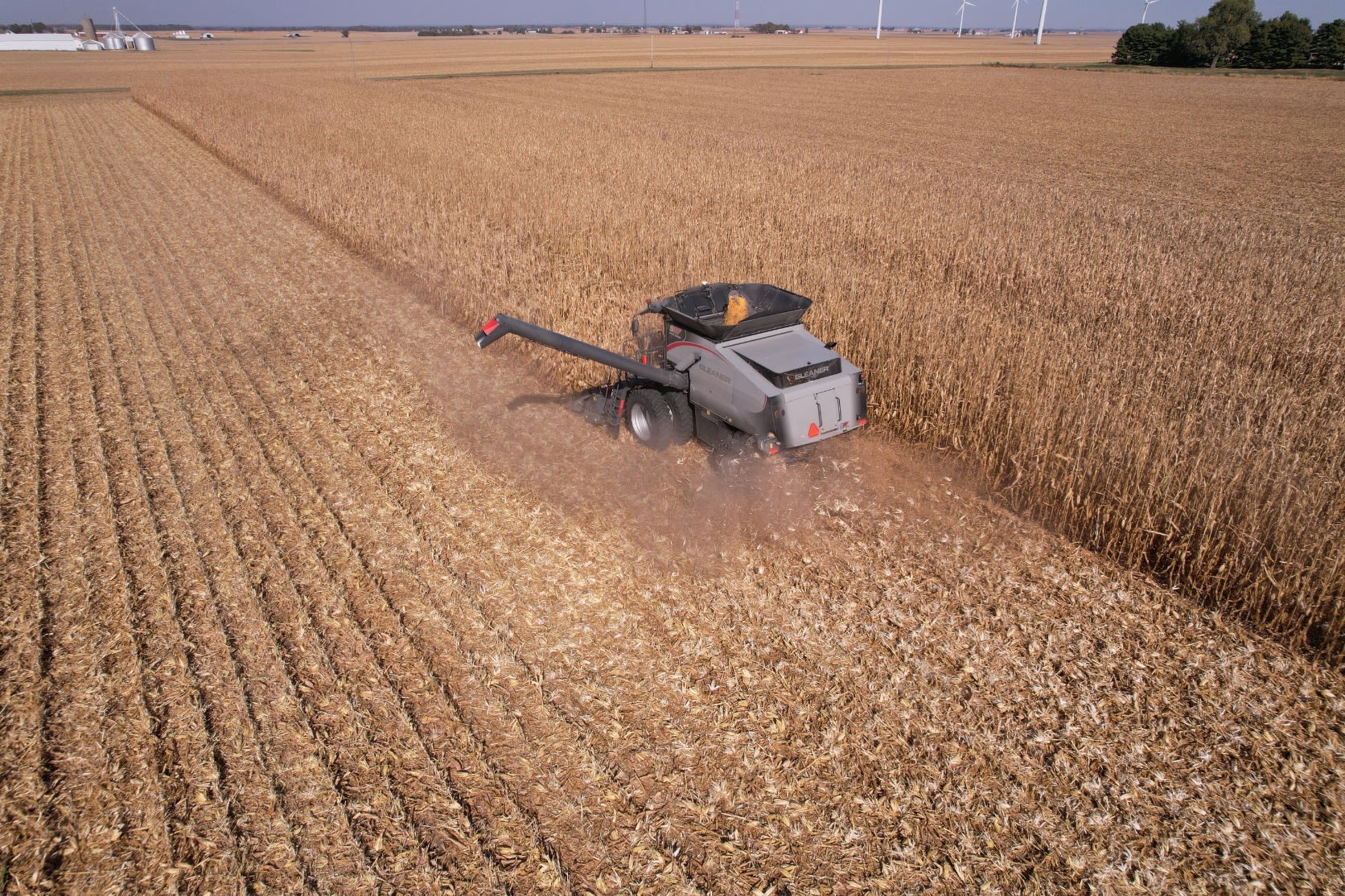
A sustainable legacy
Walters, who balances his day job as a procurement manager at Syngenta with the day-to-day running of the farm, brings a scientific background to his sustainable farming practices.
Holding a bachelor’s and master’s degrees in crop science from the University of Illinois Urbana-Champaign, he uses his farm as a training ground to test out different farming methods.
And he has a simple ethos for the land for the next generation.
“I want to leave it in as good of a position, if not better than what I found it.
Does he have any advice for the next generation of farmers in the Walters family?
“See it as an opportunity, not as a problem. What opportunity is it presenting to you?
“When we started doing this, there wasn’t very much biodiversity and there wasn’t very much life. Now, where we live, there’s some of the best soil that’s available.”
He adds: “I’m not the true owner of the land but a steward of it.”
Tyson Walters' ethos is simple - to leave the land in a better position than he found it.
Tyson Walters' ethos is simple - to leave the land in a better position than he found it.
A sustainable legacy
Walters, who balances his day job as a procurement manager at Syngenta with the day-to-day running of the farm, brings a scientific background to his sustainable farming practices.
Holding a bachelor’s and master’s degrees in crop science from the University of Illinois Urbana-Champaign, he uses his farm as a training ground to test out different farming methods.
And he has a simple ethos for the land for the next generation.
“I want to leave it in as good of a position, if not better than what I found it.
Does he have any advice for the next generation of farmers in the Walters family?
“See it as an opportunity, not as a problem. What opportunity is it presenting to you?
“When we started doing this, there wasn’t very much biodiversity and there wasn’t very much life. Now, where we live, there’s some of the best soil that’s available.”
He adds: “I’m not the true owner of the land but a steward of it.”
Tyson Walters' ethos is simple - to leave the land in a better position than he found it.
Tyson Walters' ethos is simple - to leave the land in a better position than he found it.

This year, Syngenta is celebrating its 25th anniversary. We are proud of our continuous innovation and contribution to the food system over the past quarter century. Check out more of our stories about innovation.
This year, Syngenta is celebrating its 25th anniversary. We are proud of our continuous innovation and contribution to the food system over the past quarter century. Check out more of our stories about innovation.

